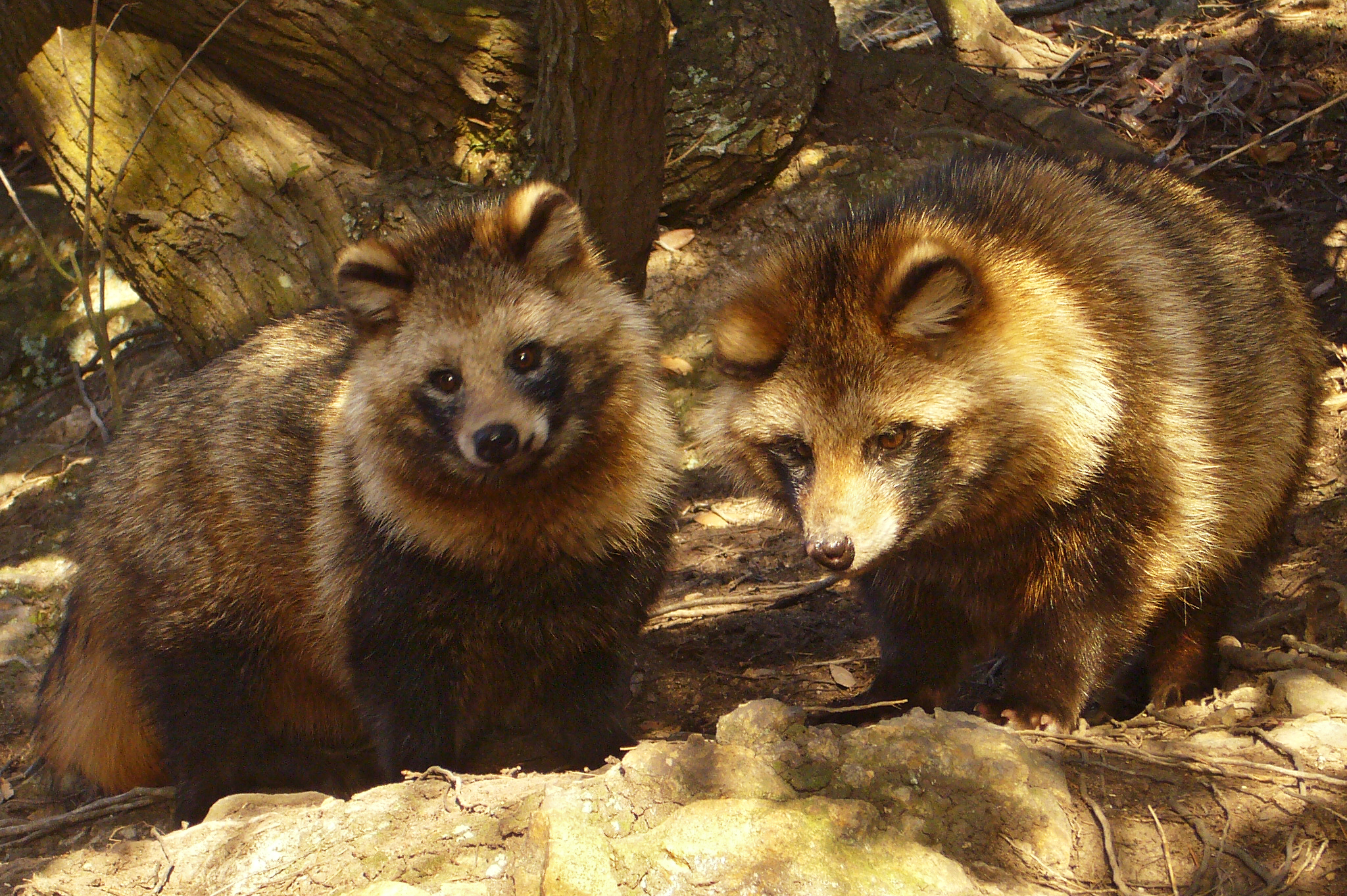
Okay, well not cartoons exactly, but North American raccoons, which were imported into the Asian nation as pets in the 1970s "when they became popular on an animated TV show," the Japan Times reports.
Apparently this unnamed show featured cute wittle waccoons washing their food, as the critters are known to do in the wild. In fact, the Japanese word for raccoon, arai-guma, literally translates as "washing bear." People were fascinated by the adorable behavior and started clamoring for a masked washer of their very own.
The problem—as any good wildlife biologist will tell you—is that animated furballs are generally more comfortable living the human life than their natural counterparts. So noncompliant raccoon pets got dumped by the roadsides, and the feral population went to town on crops.
Now 16 prefectures are reporting losses due to raccoons helping themselves to grapes, corn, melons, and other produce. It's hard to say if this is worse than invasive Burmese pythons snacking on alligators in the Florida Everglades. Or feral cats helping themselves to Australia's native marsupials. It's just another case of pet fads taking their toll on the environment.
Incidentally, while trying to figure out which '70s-era anime featured the instigating arai-guma in question, I ran across a rather disturbing Studio Ghibli anime being distributed by Disney called Pom Poko.
The 1994 film actually features endemic Asian creatures, called tanuki in Japan, that resemble raccoons.

The English-language dub consistently calls them raccoons, and makes one other, uh, translational concession. The magical, shape-shifting animals fight for resources as their habitat shrinks by inflating their testicles and using them as weapons.
Disney calls the enlarged appendages "pouches." Insert your own "they ain't got no balls" joke here.

